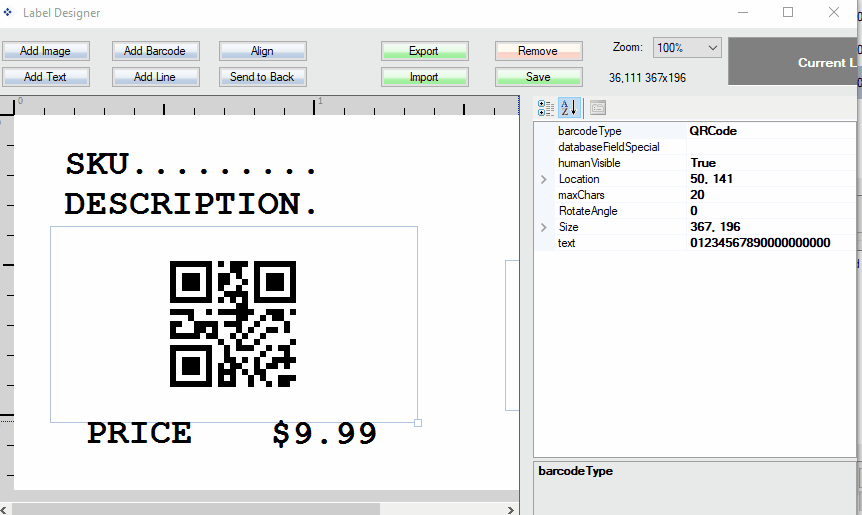As an all-in-one high-end point of sale and inventory management software, WooPOS handles all inventory terms like SKU, Lookup, Barcode, etc. This article will help you understand these terms and correctly plan the possible required transformation of the original data to be imported to WooPOS. Knowing that ensures the optimal data organization in WooPOS.
SKU: A Stock Keeping Unit (SKU) is a unique numeric or alphanumeric ID assigned to a product to surely and rapidly identify all its features such as its product name, price, attributes, brand, quantity on hand, etc. An SKU is used to track inventory and can be assigned manually, or by the inventory system itself.
WooPOS uses SKU as a unique identifier to link your products to your online web store (WooCommerce, Shopify, Squarespace).
For a product with variants like a T-shirt which has color and size as variation attributes, you can create Variation SKU. In that case, the SKU identifies the style (set of variants) of the product and the Variation SKU identifies not only the style but also its different variants composed of different attributes. Ex: The T-shirt style is TS_MESSI and it comes in two attributes, which are colors (blue and red) and sizes (S, M).
So the MAIN SKU will be TS_MESSI and there will be 4 Variation SKUs generated by WooPOS as written below:
TS_MESSI-blue-S
TS_MESSI-blue-M
TS_MESSI-red-S
TS_MESSI-red-M
PRODUCT NUMBER: The product number is normally the SKU number from your supplier/vendor. The product numbers will be printed on purchase order reports. You can use product numbers during sales if the product number is unique in WooPOS. When the product number is scanned, WooPOS will automatically convert the product number into an SKU. WooPOS supports multiple vendors’ product numbers for the same SKU.
LOOKUP CODE: The lookup codes are additional links to the SKU. When the lookup code is scanned, WooPOS will automatically convert the lookup code into an SKU. You can add manufacturer UPCs or EANs as lookup codes in WooPOS. When the SKU is too long for the barcode, WooPOS will generate lookup codes to fit the barcode size when printing labels. The lookup code is used by WooPOS to replace the SKU on the barcode.
BARCODE: A barcode is a square or rectangular image consisting of a series of parallel black lines and white spaces of varying widths that can be read by a scanner. Barcodes are applied to products as a means of quick identification. They are used in retail stores as part of the purchase process, in warehouses to track inventory, and on invoices to assist in accounting, among many other uses.
The most widely used barcodes are UPC (Universal Product Code) and EAN (European Article Number) which the manufacturer prints in most cases.
By default, WooPOS will print the SKU on the barcode using CODE128 (or CODE39). In some cases, if the SKU doesn’t fit on the barcode, WooPOS will use or create a lookup code instead. Ex: If ever the number of characters of the SKU is greater than the one set in the barcode used for printing labels (many barcode parameters can be configured with the label designer) then WooPOS will create a lookup code that will be associated with the SKU. The barcode will then represent the lookup code and not the SKU.
Weight or Price Embedded Barcode: WooPOS supports all weight or price-embedded UPC barcodes. Special settings are required for the weight scale and barcode printer.

CAUTION: The more characters your SKU has, the more space required by the label’s barcode. You can make the barcode smaller on the label. However, smaller barcodes would require very accurate label printers. In addition, smaller barcodes may be difficult for your scanner to scan. More barcode designing tips are here.
NOTE:
- WooPOS always tries to match what you scan with anything possible in its database and provide the result.
- If possible avoid using the lookup code.
- If possible, attempt to create a SKU or a Variation SKU that indicates something meaningful to you.
- Although many places give access to label printing, print labels when you receive your PO.
